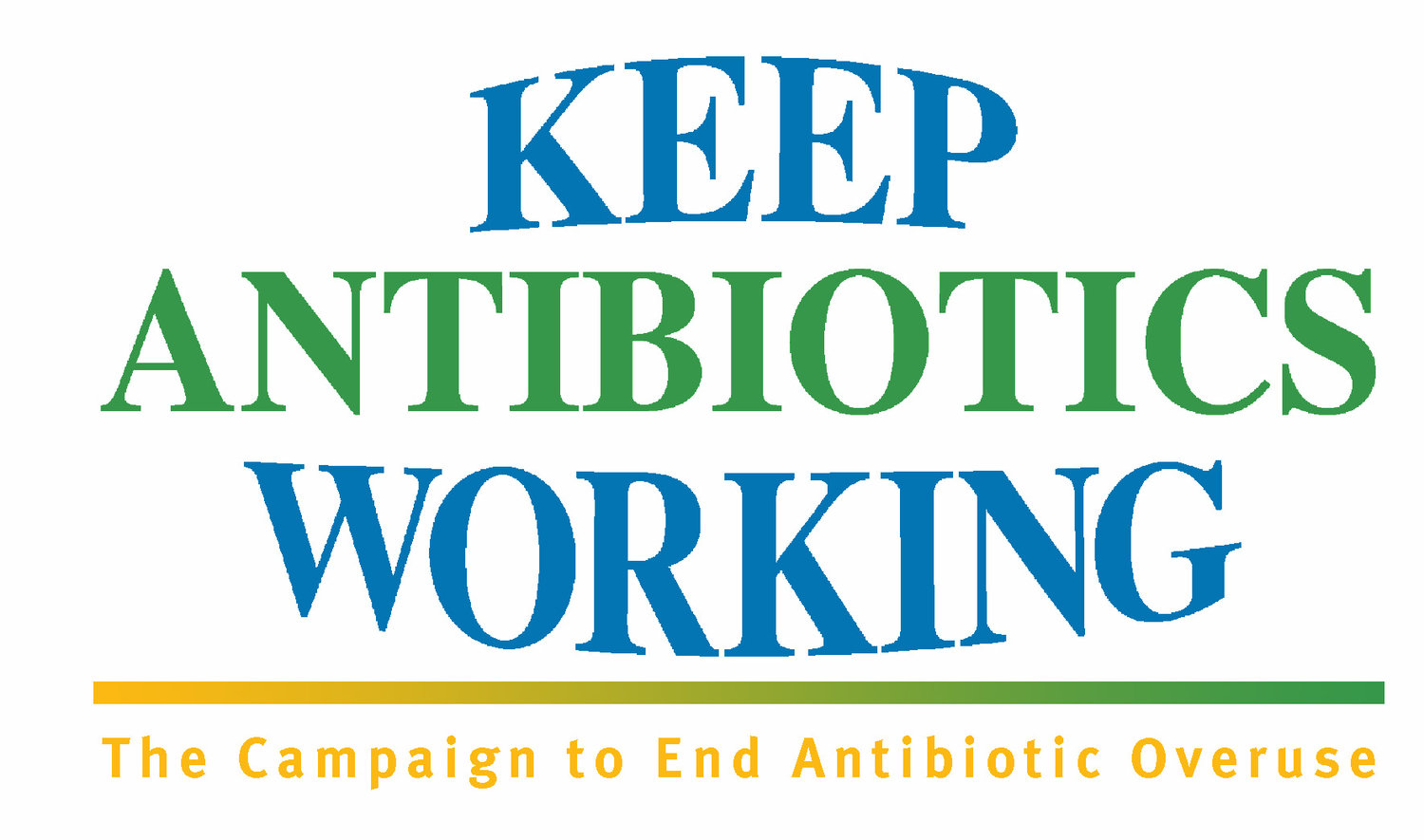This Pacific Salmon Lover is Taking a Fresh Look at Farmed Salmon
Sarah Sorscher, Center for Science in the Public Interest
As a Seattle native, I can be a bit snobby about farmed salmon. My family trained me and my brother to avoid “Atlantic” salmon (which is pretty much always farmed), and to look for names like “King,” “Sockeye,” “Chinook,” and “Coho” as a sign that we were getting bona fide Pacific wild-caught fish.
Taste mattered to us, but we were also concerned about the environmental and health impact of salmon farming. Among other things, we learned that salmon farms discharged potentially harmful substances into the surrounding ocean which could cause problems for native fish. Among them: antibiotics, which have the potential to contribute to antibiotic resistance.
But my father also famously said, “I never met a salmon I didn’t like.” Salmon is the king of fish. It’s delicious and it’s rich in protein and healthy omega-3 fats, and Americans in general could stand to eat a lot more of it. Worldwide, salmon consumption has tripled since I was a child, and aquaculture is growing to meet that rising demand.
That’s why I was encouraged to learn that the farmed-salmon industry is also striving to improve its environmental and public health impact. On April 26, the Global Salmon Initiative (GSI), a group of companies that together supply more than half the world’s salmon, released its 5th annual sustainability report.
The report shows continued progress; 40 percent of GSI farms are now independently certified by the Aquaculture Stewardship Council (ASC). That means they follow clear standards that are designed to minimize their impact on local ecosystems, control pollution, and reduce disease and antibiotic use. Seafood Watch, the Monterey Bay Aquarium’s trusted consumer resource, has rated ASC-certified salmon as a “Good Alternative,” a middle ground between “Avoid” and “Best Choice.”
Photo courtesy of Zenrio Believe
Another key feature of the GSI’s approach is transparency. Each GSI member is committed to voluntarily publishing key indicators of sustainability, including farm-by-farm figures on antibiotic use. It is rare to see an industry willing to make that kind of commitment, absent government regulation requiring it.
The program is still young, so we will have to wait to see if the companies make significant progress on reducing antibiotic use. And so far, the GSI has been selective about publishing aggregate, industry-wide information. That makes it hard to tell if GSI salmon in general are improving on all key indicators, including antibiotic use. Hopefully this will improve in the future.
Nevertheless, salmon eaters everywhere should welcome the industry’s efforts. And while wild-caught will likely remain the preferred choice for the foreseeable future, farmed salmon is increasingly looking like a good alternative.
Now a parent in my own right, I still look for wild-caught when I can, and have even taught my Kansas-born husband the finer points of salmon—the only fish he’ll happily eat!
But these days, we have also been known to pass up a steak dinner for a tasty bite of grilled salmon of non-specific provenance from our favorite local DC carryout. Now we can do so with a bit more confidence, knowing that most farmed salmon comes from producers who are trying to farm more responsibly.


